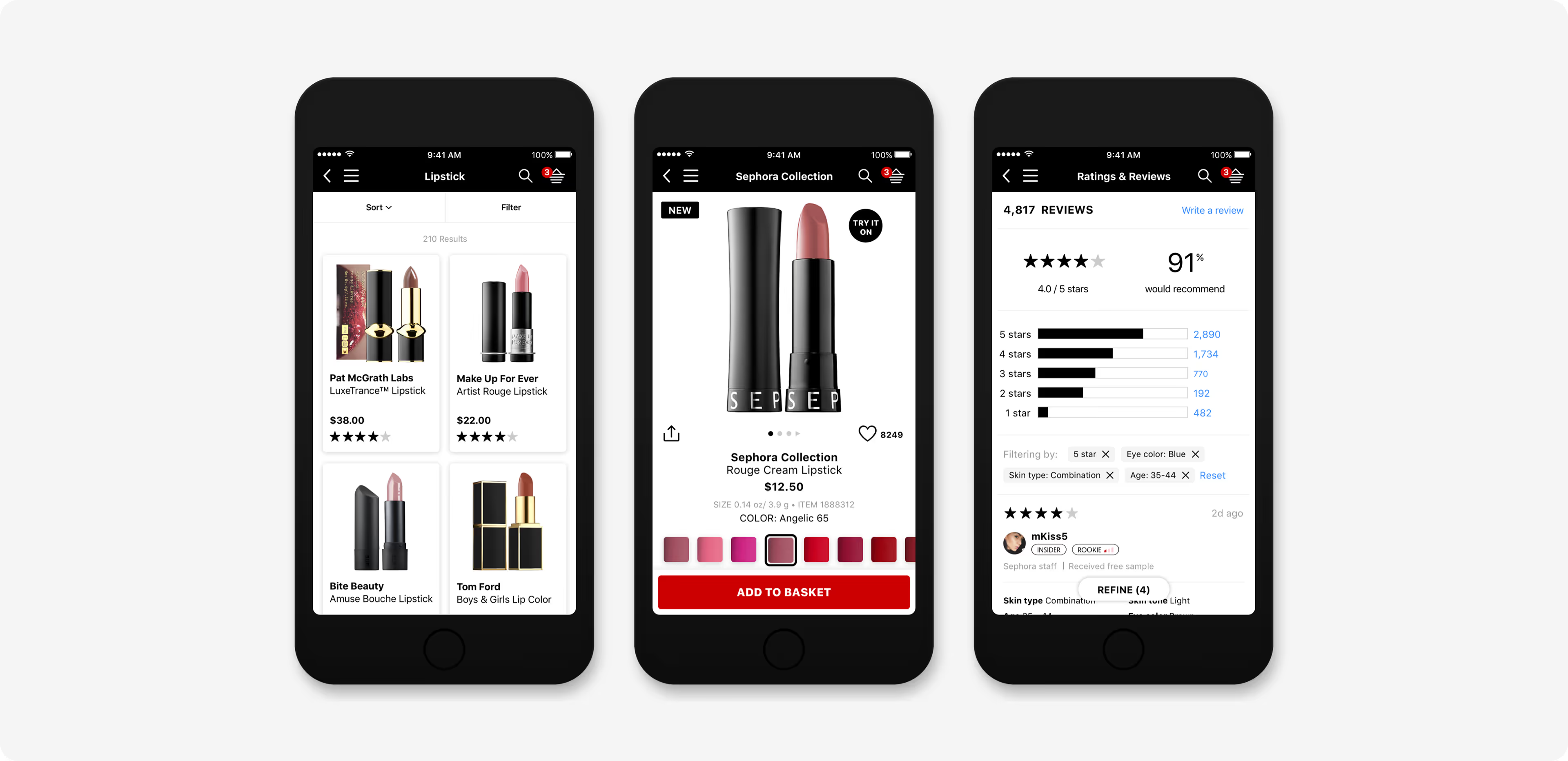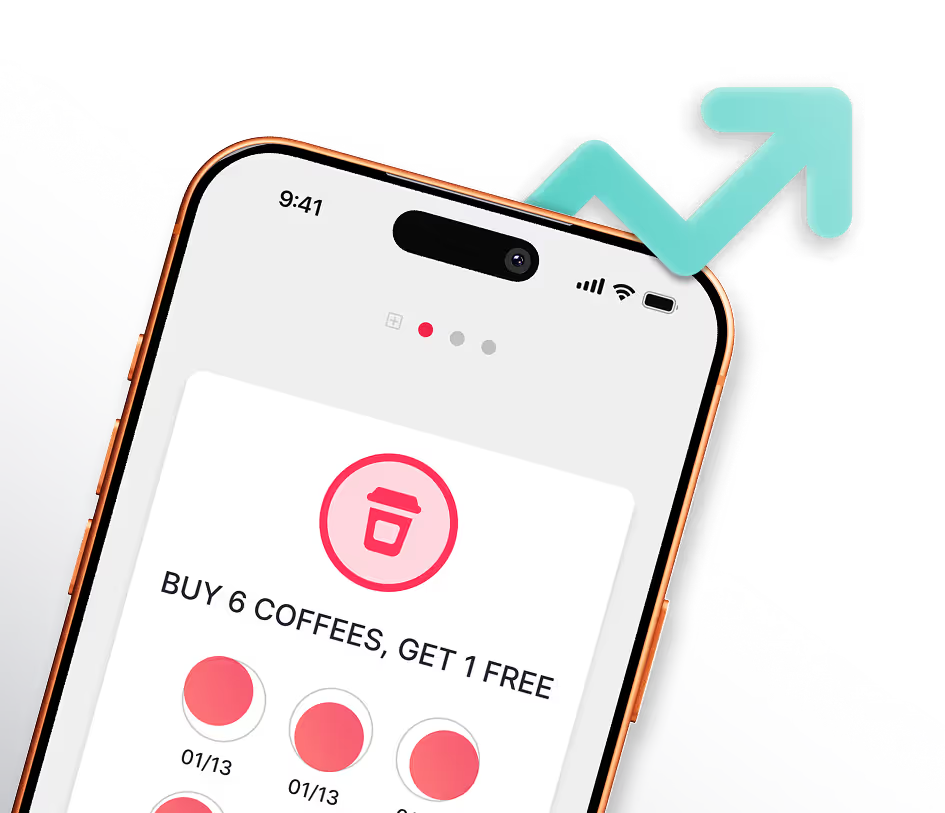The Average Cost of a Digital Loyalty Program

Digital loyalty programs used to be a serious investment. There was much more risk associated with creating even the most well-designed of digital loyalty programs, and there was no guarantee that it would provide a worthwhile return on investment – even for the largest of multinational companies. These days though, the average cost of a digital loyalty program has dropped dramatically – and along with it, so has the risk of implementing one. As such, the amount of small independent businesses with digital loyalty programs has risen through the roof.
But how much does the average digital loyalty program cost? The precise dollar amount ultimately depends on the type, size and scope of your chosen rewards program, so let’s weigh up your options.
1. Digital Loyalty Card App
The digital stamp card or loyalty card app is a modern take on the classic paper punch card we’re all so accustomed to seeing on the counter of every café, hair salon, car wash and other businesses that typically see a lot of repeat customers.
%20Full%20stamps%20(2).png)
Loyalty card apps have plenty of additional features that extend beyond the capabilities of traditional paper punch cards. The costs associated with these apps are far less than what a business will end up spending on design and printing costs for a paper punch card system.
Most decent loyalty app providers offer a free trial period to see if it’s right for your business. Usually for this there are no setup costs (if there are, they shouldn’t exceed $100). As for the ongoing costs to run a digital loyalty app for your customers to download, sign up to, accrue points and redeem rewards with, most providers use a monthly subscription model.
As an example, merchants that use the Stamp Me digital rewards app typically pay between $43 and $74 per month. The reason for this price variation is that some businesses operate their digital loyalty card app over multiple locations, numerous brand names and other variables. If you are a business owner with a single shop or location, you can expect to pay as little as $43 per month to offer your customers a convenient digital stamp card.
2. POS-integrated Digital Loyalty Program

Wow, what a mouthful… and also, a bit of a handful when it comes to installation, ongoing maintenance and costs.
Integrating a digital loyalty program into your POS (point-of-sale) system can be various levels of tricky and tedious. You need to decide whether you opt for a software plugin, compatible POS system or a proprietary module that was purpose-built by the same company that made your POS system.
Like digital loyalty apps, software plugins usually come in a SaaS (software as a service) monthly subscription model. The difference though, is that this arrangement typically costs anywhere from $50 to $500 per month, per device that it’s being operated on.
If you have several tills operating at any given time, you could be looking at as much as $2000 a month to run a digital loyalty program this way.
From here, it only gets worse…
If you’re operating an older POS system, there is no readily available integrated solution. In this instance, to have an integrated solution would require having a developer build a custom solution from scratch.
This is an expensive exercise, as most decent developers will charge $100-$250 per hour for their services. It could take weeks or even months to build a full solution. Then there is the issue of support… anytime the system is malfunctioning or experiencing bug issues, you need to call the developer again.
If the company that designed your POS system offers a loyalty program module (which is often the case), this might be a feasible option for your business. The cost of these modules varies from $0 to upwards of $500 per month, depending on the POS system provider.
However, it’s worth noting that POS companies are good at building POS systems – they aren’t necessarily well-versed in understanding brand loyalty and customer retention. Loyalty modules from POS system providers are usually quite basic, and very limited in their features.
As an example, check out the loyalty module offered by Square (a popular POS system). It’s also worth noting that for businesses planning to operate a loyalty program in-store and online simultaneously, a POS-integrated digital loyalty program isn’t an option.
3. Customized Enterprise Digital Rewards Solution

This is the crème de la crème of customer loyalty solutions. You see these kinds of rewards programs every day in the form of airline loyalty miles, global fast food chain loyalty apps and multinational cosmetics companies.
These companies want to offer their customers a highly interactive shopping experience on their very own smartphones. The costs associated with a customized enterprise solution vary widely. However, generally they are extravagant and best reserved for large-scale commercial brands. There are two main options for building a loyalty platform for your brand or franchise group.
The first option is to build and develop a custom platform from the ground up, using a developer or agency. There’s no other way to put it – this is expensive, both in the short and long term. Having said that, you would have complete control over all aspects of the IP, functionality and design.
To develop from scratch properly, you would need to hire a User Experience and User Interface designer to plan out your concept, customer journeys and wireframe your solution. Then comes the actual building of the program. Generally, this costs anywhere from $150,000 to north of half a million dollars. To support this system, either with in-house developers or by contracting a third-party agency, would set you back at least $15,000 per month (depending on the size of the project).
The second way to go about building a loyalty platform for your brand or franchise group is to use an existing loyalty app platform to customize your own solution. Generally, this would come with an initial build and customization fee of around $15,000-$40,000, plus the ongoing license and support fees (approximately $2000+ per month).
While these figures are still something you’d want to discuss with your finance team, it’s definitely a much more affordable solution than the first method, with a very similar end result in regards to the customer experience.
The takeaway? When considering a loyalty program for your business, don’t forget to factor the ROI (return on investment) into your calculations.

It’s commonplace for supermarkets, large-scale retailers and airlines to spend millions of dollars introducing and maintaining loyalty programs for their customers. It’s a testament to the kind of profits a well-designed and managed loyalty program can bring in.
When you consider that Starbucks Rewards members spend thrice as much as non-members, or that 70% of (Australian high street retailer) Myer’s sales come from its five million loyalty program members, it’s really not so much about the cost of a loyalty program as it is about the ROI.
You can learn more about how to measure your loyalty program’s return on investment here.
More Posts

It’s often more than you think. Plug in your daily customer numbers to see your potential returns instantly.






.webp)